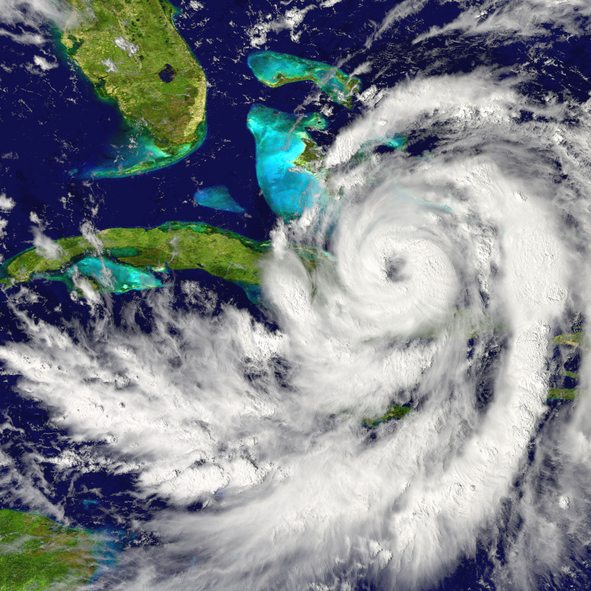By Gordon J. Fulks
From Covid to Climate, we like to imagine that those who hold themselves up as “scientific experts” know what they are talking about. But that is rarely the case. Experts probably have a perspective worth considering but not one that should be believed as gospel. A gaggle of experts chosen by someone with political motives certainly has no monopoly on the truth. In fact, political motives usually guarantee that “the science” is being so heavily misused as to be worthless.
So, how then do we grasp some measure of truth in a world awash with nonsense? That is easy. We ignore opinions and listen to the logic and evidence that knowledgeable people can present. Then we make up our own minds.
The remarkable scientists who founded in 1660 the world’s first scientific society, the British Royal Society, chose the motto “Nullius in verba” (Take nobody’s word for it). That expressed the determination of the Fellows to avoid the domination of authority and to make decisions based on data derived from experiments. They did not want to fall victim to the political and religious authorities as had Galileo 50 years earlier.
This was the profound shift in human thinking that began the Age of Science and has sustained it for close to 500 years.
Two recent events and the “expert” analysis we have heard from a heavily politicized media illustrate not only that we are in danger of exiting the Age of Science, but also how to spot some of the nonsense.
In the Pacific Northwest, we are experiencing an increasingly severe drought that is more substantial than usual at the end of a dry summer. With forest fire danger high and a month to go before our fall and winter rains return, people are worried. That provides a perfect opportunity for those who live off climate hysteria to speculate that the rains may not return. They suggest we “may” suffer “perpetual drought” presumably from burning fossil fuels. It is a scare tactic that no one would believe under normal circumstances. But among the superstitious, current weather anomalies loom large.
Most of our local climate scares emanate from Oregon State University, where they long ago realized that fear is very good for business, and no one is ever held accountable for false predictions of an apocalypse.
When the usual suspects come up with yet another iteration of the same scare, we should yawn and smile. They want attention and, of course, more money. This time oceanographer Larry O’Neill, whom they have designated the Oregon State Climatologist, came out with a press release about “perpetual drought.” With the help of a good PR department, the press release was reproduced verbatim across the nation. Why would anyone want to (dare to) question one of the High Priests of the climate scare?
But O’Neill did not know that the remnant of Hurricane Ida would swing over the Northeastern United States and unleash torrential rains that would inspire another High Priest of the climate scare, Associated Press reporter Seth Borenstein, to write just days later that flooding was partly due to our burning of fossil fuels. Borenstein is no scientist and not much of a journalist either because he sees no need to present any disagreements with apocalyptic predictions. His contention involves increased water vapor in the atmosphere due to a warming world. More water vapor, means more of a deluge in the Northeast. But what about the Northwest? Does more water vapor also mean more dry air and drought for us? Of course not.
You are not supposed to read both stories at the same time and think for yourself. You are supposed to listen to the “experts” who will tell you what to believe. Only they can make sense out of nonsense!
And did they remember to point out that the Global Temperature Anomaly measured by NASA satellites has been hovering close to normal this year? Of course not. That would ruin two scary stories.
The scientific bottom line is that weather and climate are highly variable for perfectly natural reasons.
Gordon J. Fulks, Ph.D. (gordonfulks@hotmail.com) lives in Corbett, Oregon.
Originally published by RealClearEnergy. Republished with permission.


























